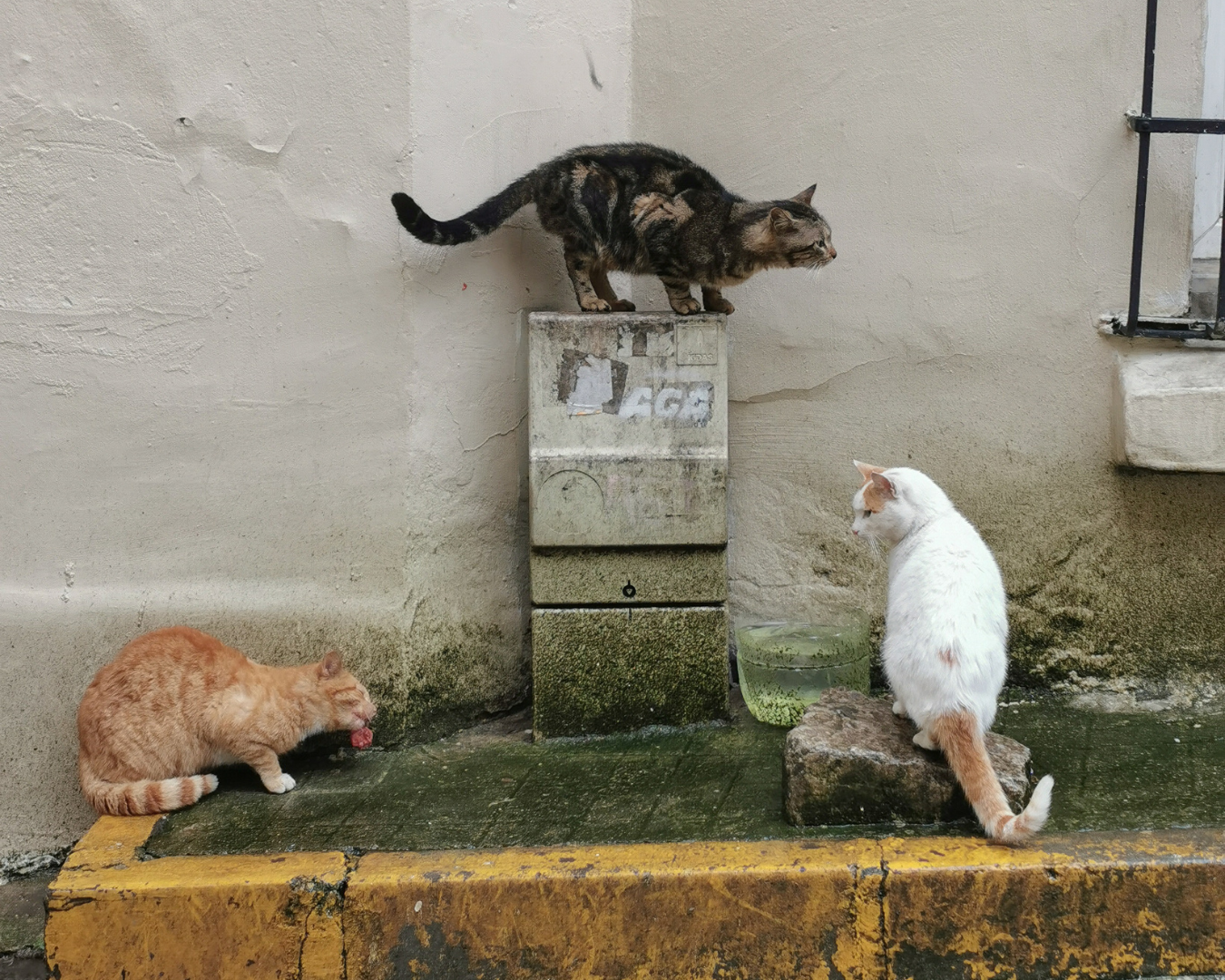Whether the growing stray population is a sad sign of the times or a “to be expected” byproduct of a transient population, the fact is that it presents many challenges for the veterinary industry in the UAE and is certainly an issue that will benefit from greater awareness and education.
Recent estimates suggest that approximately 100,000 – 150,000 stray cats live on the streets of Dubai and Abu Dhabi, and whilst the stray dog population is far smaller, the animal shelters and charitable organisations that support these poor pups, are quite literally overloaded with demand. Capacity at one of the better-known dog shelters is nearing double the original intended number, and sadly there are always more dogs needing help.
There are, of course, fundamental differences between how the stray populations of the two species can be managed, and whilst a zero target for stray dogs may be ultimately desired (if sadly unrealistic), having a healthy and stable “street cat” population is a strategy that is gaining more traction. Albeit slowly and with a myriad of challenges to overcome.
For solutions to be found and successfully implemented, it is essential to understand a little of the background that has created these issues.
As many people are aware, the Arabian Mau is now recognised as an individual feline breed, and these distinctive and increasingly popular cats have been a part of the Arabian Peninsula’s fauna for centuries. They are well adapted to their environment as a very close relative of the wild desert cats, and whilst they are great pets, as a breed, they are also quite happy living naturally and semi-independently from humans. i.e. interacting within our communities but not reliant upon people. This has been a typical relationship bearing in mind that up until recently, the culture of pet ownership was quite different within the region.
Of course, this changed dramatically with the influx of expats over the last few decades. Changes that have impacted both the communities in which these cats live and the genealogy of the cats themselves, with the plethora of long-haired, European, brachycephalic, American, Asian (you get the picture) cats now evident within the indigenous Mau populations. And naturally, pet ownership and abandonment issues often associated with periods of economical flux have created spikes of high stray population growth.
The sad story for the dog population is far simpler. The majority of these dogs are either abandoned, or second/third generation abandoned pets. Often, they have been failed by their human owners, and whilst there may be a large population of cross breeds related to the indigenous Saluki, these “desert dogs” are an unfortunate result of the extent of the pet abandonment issue not being recognised in time to apply measures to manage and control a population surge.
So, what can be done?
As it stands, there is no definitive winning formula, but there is also no doubt that the awareness of the issues and the education required to help prevent the root cause problems perpetuating and growing is crucial. This is recently supported by enforceable legislation that criminalises the act of pet abandonment and associated animal cruelty.
From an industry perspective, the opportunity to champion the education process is one that should be embraced, as it has many benefits, both in providing relevant knowledge to the communities that can directly influence the street cat colonies (of which there are so many) and to provide the next generations of pet owners (i.e. the kids) with the information needed to responsibly look after their animals and not make the same mistakes.
Sharing knowledge and providing guidance to the many volunteers and independent animal welfare exponents is also immensely rewarding, and it’s these individuals who, often at their own expense, devote time and resources to helping the stray cat and dog populations in lieu of a coordinated effort from the authorities.
Whilst the recognition by the relevant Federal Ministries and local Municipalities is improving, there is still a reliance upon these privately funded organisations and individuals to carry out the majority share of the necessary activities to support the stray populations – the UAE has a Federal Government, but each Emirate is governed independently at the municipality level.
On a practical level, many UAE veterinary businesses offer reduced rates of neutering to support the municipality-endorsed Trap Neuter Release (TNR) programs, as well as, basic health checks for street cats to support the aim of creating healthy, stable street cat populations. However, these activities need to be carefully managed to avoid “best intentions” detrimentally affecting commercial viability – a clear case of heart and mind decision-making needing to be appropriately balanced.
The prevalence of the stray cat and dog population also means that veterinary professionals may need to adjust or adapt treatment protocols and methods when dealing with feral/semi-feral animals. Many of us, unless experienced working with animal charities or bodies, such as the RSPCA, are not experienced in shelter medicine. However, this can bring unexpected learning opportunities and many feel-good moments as the positive impact of care and compassion that is felt by animals that may not have had such attention before.
Without exaggeration, the issue of stray and abandoned cats and dogs is one that any veterinary professional should consider if planning a relocation to work in the UAE. It is acknowledged that this is far from a unique situation globally, however, the way the multicultural society of the UAE is responding may take time to adjust to. That said, the signs are very positive for the future since their response, especially with the support of like-minded professionals who can balance the varying demands of commercial responsibility and their inherent compassion and love for the vocation.
Written by Dr Katrin Jahn, DrMedVet, CertVA, MANZCVS, MRCVS



